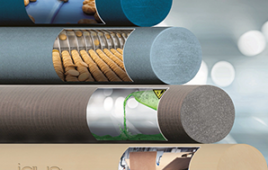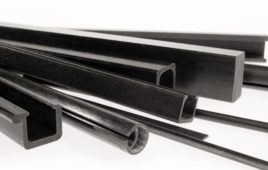Quartz glass exhibits hardness, chemical purity, resistance to high temp-eratures and corrosion, and electrical insulation – to name a few. It is a useful material for semiconductor, fiber optic, and photovoltaic (solar) cell manufacturing; specialty lighting; and laboratory ware.

The unique thermal, optical and mechanical properties of quartz glass make if ideal for use in a wide variety of applications where other materials are problematic.
The properties of fused quartz vary in degree or values, so obtaining the right characteristics depends on the material, fabrication, and finishing techniques applied. When the product has a complex geometry, must meet tight tolerances, or requires very high purity, it becomes more important to source custom quartz products from a specialist. The following are some basic considerations that can help you simplify the sourcing of complex and other custom-made fused quartz parts.
• Verify what component properties are important to your application. For example, if the application is laser equipment, then quartz reflectivity is an important property. But to the semiconductor industry, high purity and excellent high temperature properties make quartz tubing an ideal furnace chamber for processing silicon wafers. Quartz can also overcome thermal expansion issues that damage silicon carbide or aluminum ceramic.
• Check that your supplier has the required finishing capabilities. Machining and other operations for finishing quartz parts are critical, particularly when working to achieve complex shapes. Finishing quartz offers latitudes similar to finishing metals, but it usually requires diamond tooling, as opposed to a standard cutting mill. Cutting or drilling with a diamond tool is more painstaking and takes longer. Many quartz products require grinding, lapping, polishing, laser, and water jet operations.
Quality control requires sophisticated instrumentation to ensure the precise purity, flatness, angularity, cylindricity, symmetry and other characteristics of each quartz component are within specifications.
• Check that your supplier offers other fabrication capabilities. Does your suppler offer quartz glass blowing capabilities for prototypes or short runs of custom products. In some cases hand-blown parts are combined with machined parts. Sometimes a graphite mold is used to keep several quartz pieces as close to identical as possible. The tolerance range is normally down to 0.005 in. That tolerance would apply to exacting specifications such as those required for semi-conductor ware and medical ampoules.
Technical Glass Products
technicalglass.com
::Design World::
Filed Under: Semiconductor manufacture, Materials • advanced





Tell Us What You Think!